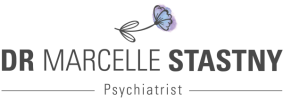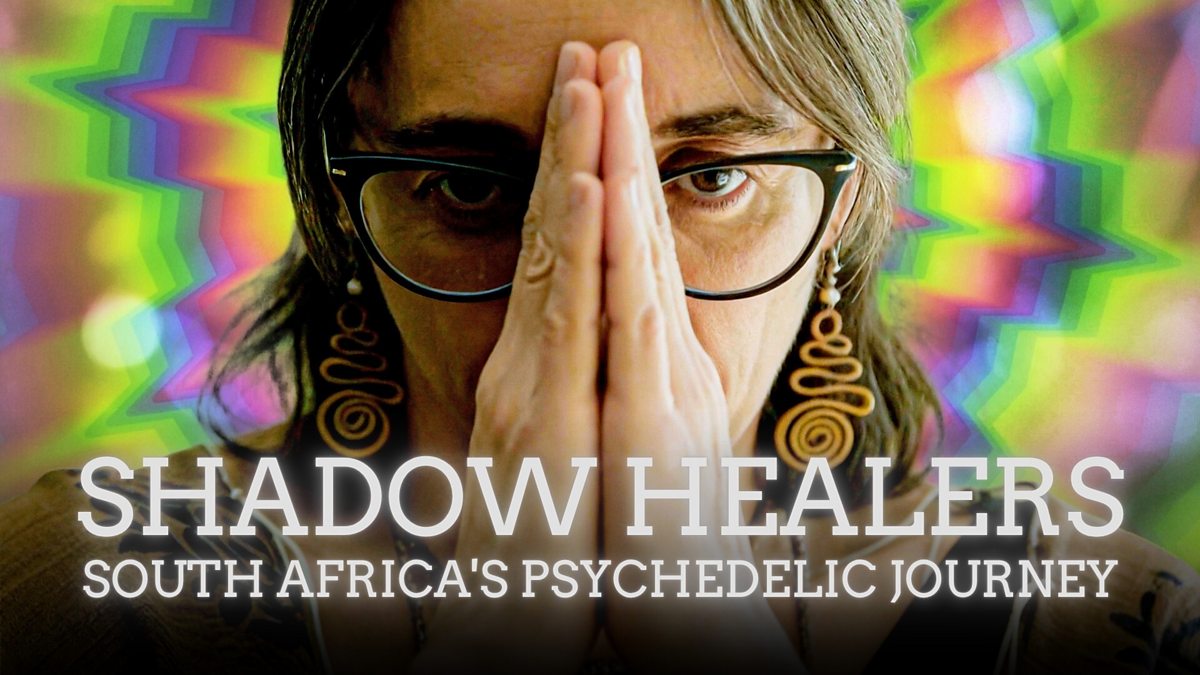On 13 October 2025, an interview in which I put forward my professional opinion on the use of psychedelics for therapeutic purposes was aired. It seems to have caused some distress. Here, I offer more context to my position. I am not “anti-psychedelic.” I am pro-evidence and pro-safeguards. Despite what the hype says, nowhere in …
On 13 October 2025, an interview in which I put forward my professional opinion on the use of psychedelics for therapeutic purposes was aired. It seems to have caused some distress. Here, I offer more context to my position.
I am not “anti-psychedelic.” I am pro-evidence and pro-safeguards.
Despite what the hype says, nowhere in the world can you walk into a clinic and go on a “journey”. Countries that have medicalised elements of psychedelic care have done so inside strict frameworks, for a good reason. In Australia, for example, only authorised psychiatrists can prescribe MDMA for PTSD or psilocybin for treatment-resistant depression under tight controls and monitoring. That’s the model: specialist oversight, defined indications, and safety systems—because these are powerful agents with non-trivial risks.
What the trials actually show (promise, but caveats):
• In treatment-resistant depression (TRD), a phase 2b trial of psilocybin (25 mg + psychological support) showed short-term symptom improvements versus lower doses; however, benefits attenuated over time, and adverse events were common (e.g., headache, nausea), with suicidal ideation/behaviour reported across dose groups. We have to understand these results: if someone has TRD, the positive effects of Psilocybin wane. That means these patients need a follow-up plan for when that happens. Some of the patients became suicidal. That means that there needs to be emergency plans in place. However, these are not reasons to abandon research; they are reasons to implement careful screening, monitoring, and follow-up.
• Against an SSRI comparator, early randomised work found psilocybin was not statistically superior on the primary endpoint, reminding us this field is early and effect estimates are sensitive to design, blinding, and expectancy. At the moment, the hype is greater than the results. That is not to say that we must abandon new frontiers. But we must be more critical.
Why boundaries and frameworks matter:
The FDA’s advisory committee (June 2024) voted strongly against approval of MDMA-assisted therapy for PTSD, citing data integrity, design limitations (including functional unblinding), and safety oversight concerns. This was after the FDA initially tagged MDMA as a “compound of interest”. In other words, the FDA was initially very interested in fast-tracking MDMA for PTSD treatment. They backtracked on their position because seasoned researchers were breaking basic rules. This was a setback for industry hype, but it was a necessary check to ensure that patient protection and scientific standards are non-negotiable.
When things go wrong, they go very wrong:
Well-documented cases of therapist boundary violations in MDMA trials underscore how altered states can dissolve protective barriers—for patients and clinicians—and why governance, training, supervision, and clear red lines are essential. These incidents were serious enough to trigger regulatory scrutiny.
Accountability isn’t optional:
We already have an example of a novel rapid-acting antidepressant delivered under tight controls: Ketamine. SASOP has put out a position statement on its use because dissociation, sedation, respiratory effects, bladder complications and misuse risk exist. If we accept stringent guardrails for IVI Ketamine use, then it’s inconsistent to shrug at “journey” offerings with psychedelics, run by loosely credentialed practitioners and minimal aftercare.
Who should not be offered psychedelics (outside trials/strict protocols):
Most modern protocols exclude people with current or past psychosis or mania, high suicide risk, certain cardiovascular conditions, and active substance-use instability; medications and drug–drug interactions also matter. That’s not gatekeeping for its own sake—that’s basic risk management.
Indigenous practice is not laissez-faire:
Traditional healers have long had their own “set and setting,” gatekeeping, and communal accountability. Contemporary medicine should emulate the rigor (clear inclusion/exclusion, trusted guides, integration) rather than the marketing gloss.
Where I stand, clearly:
• I support carefully regulated clinical use where indications are defined, screening is rigorous, consent is informed, dosing is supervised, and integration plus emergency access are guaranteed. There are Ketamine clinics in South Africa where these guidelines are carefully adhered to, and to whom I refer in appropriate patients.
• I oppose the sale of expensive “journeys” to clinically complex people without diagnostic clarity, medical cover, or safeguards.
• I follow the data and update my practice when high-quality evidence and robust oversight say it’s safe and effective to do so. That means, as evidence comes in, my practice changes. It does not mean that I get excited about hype and fervour.
Bottom line: If someone wants a personal, non-medical “journey,” that is their choice. But when psychedelics are sold as treatments for mental illness, we owe patients accurate diagnoses, controlled protocols, competent teams, and accountable follow-up. Anything less violates “first, do no harm.”

